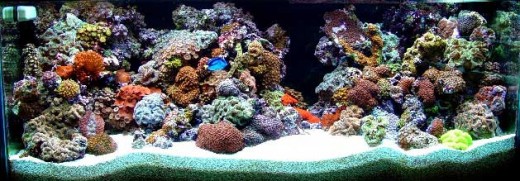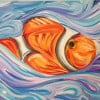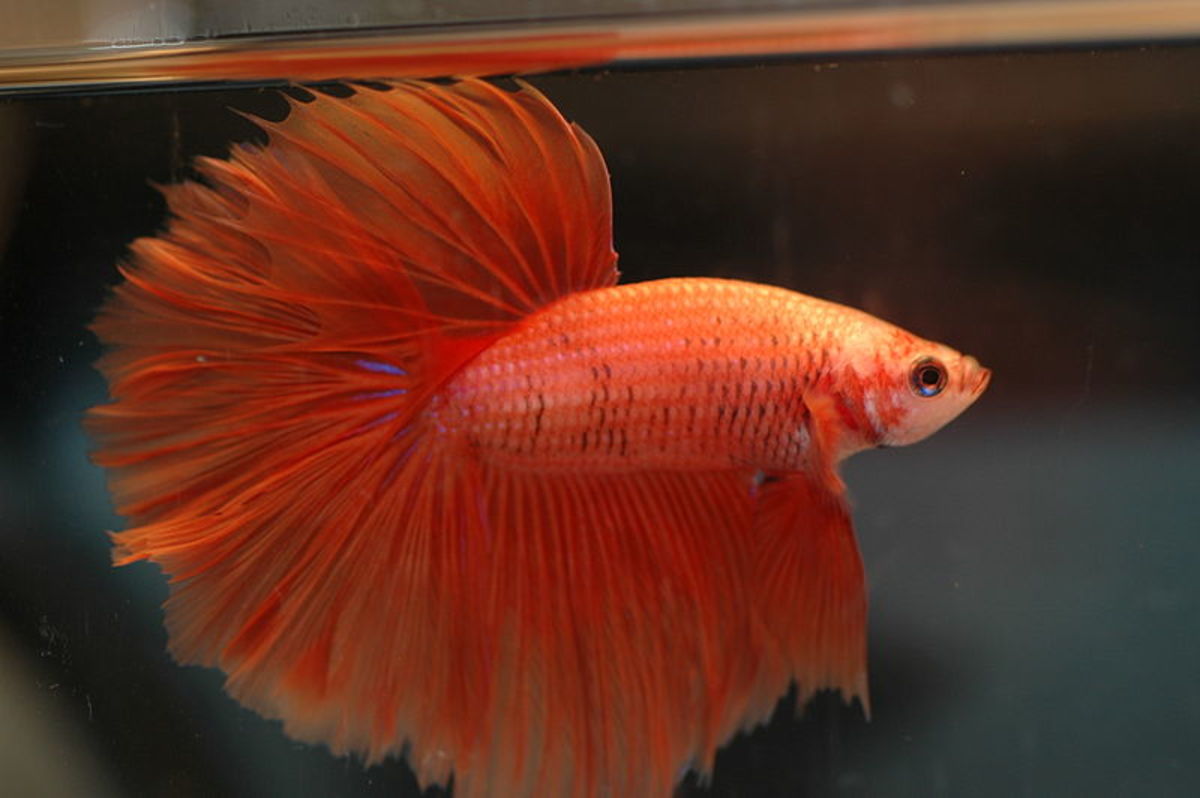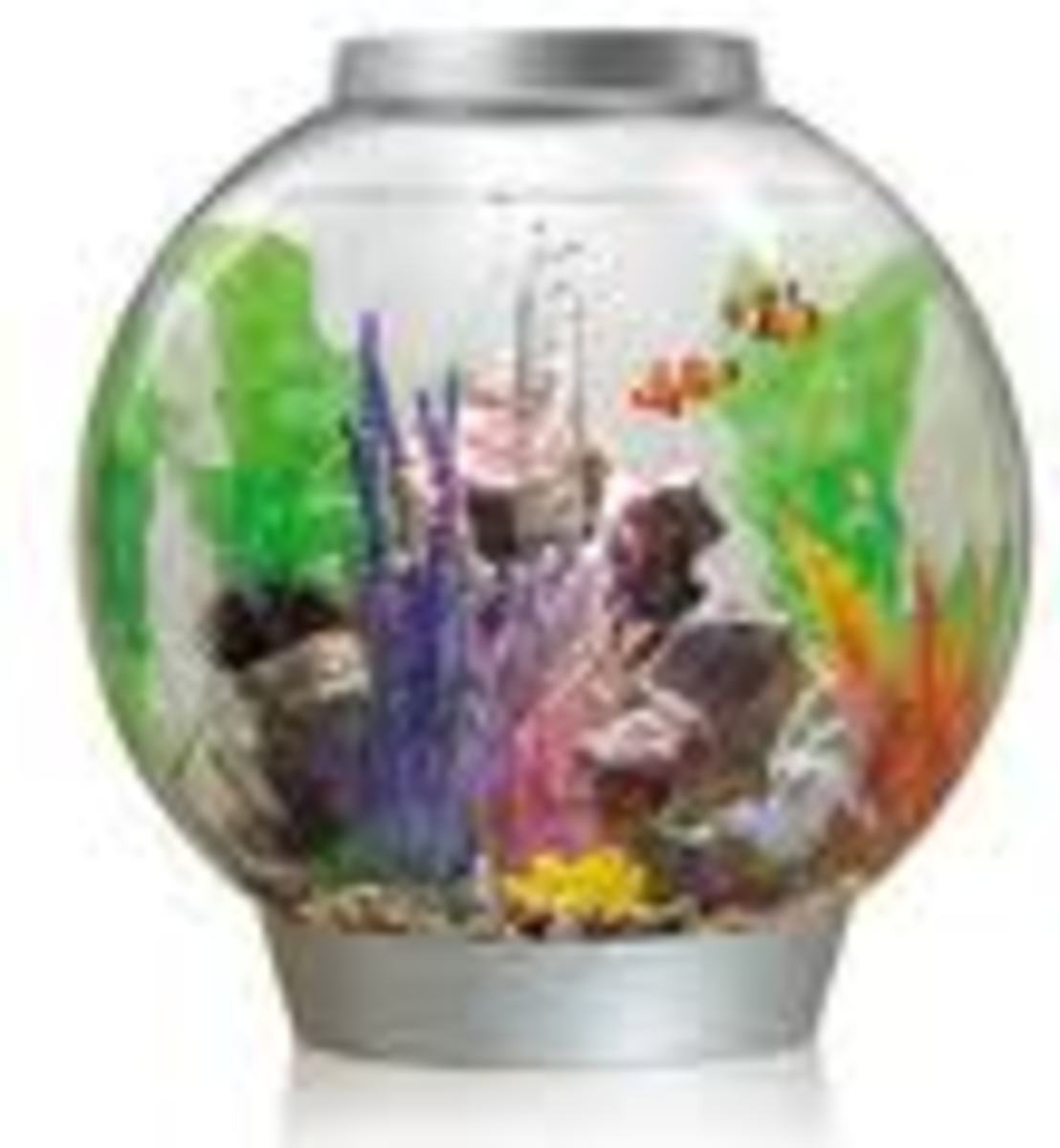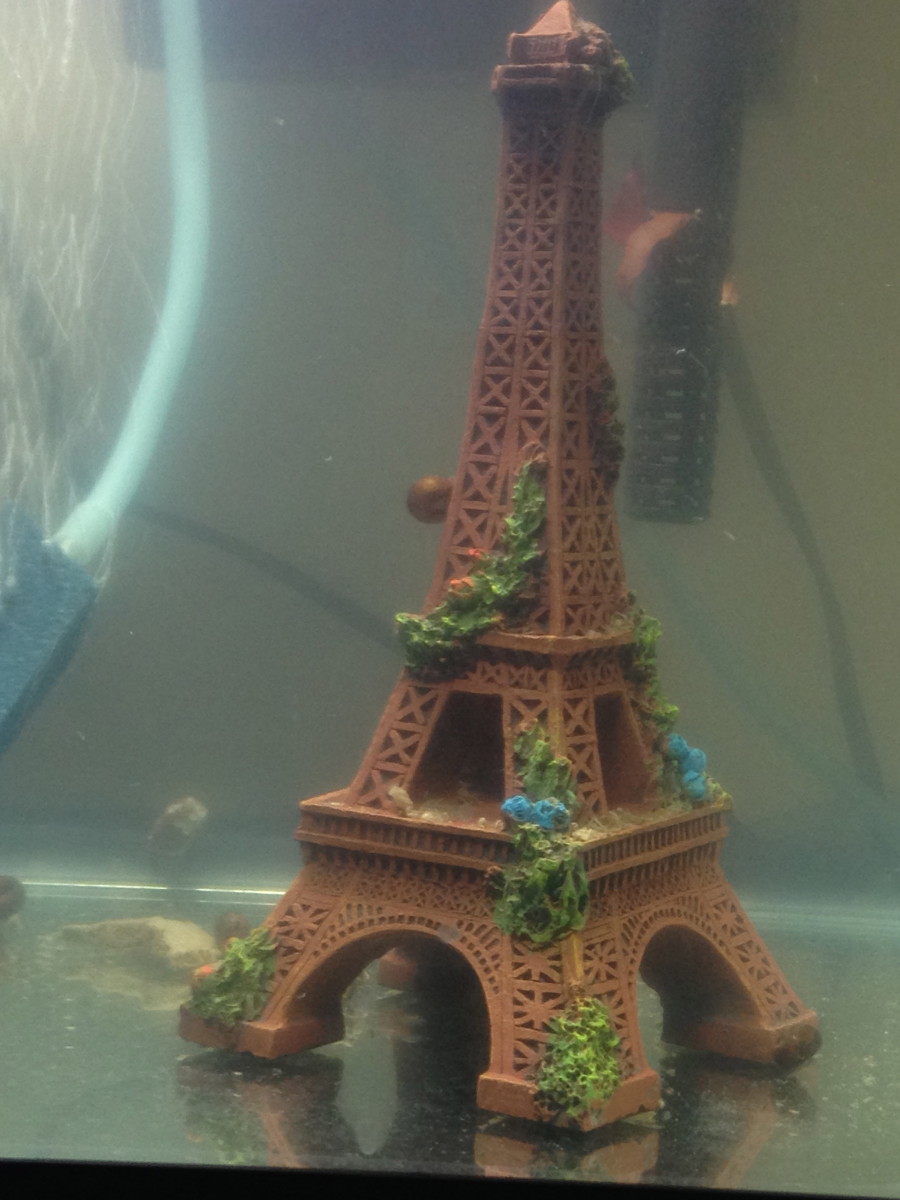How to Observe Your Fish
Keeping Fish at Home
Everyone loves to see a beautiful, thriving aquarium with bursting greenery, glowing corals, and the hustle and bustle of healthy, active fish, but how do people keep their aquariums looking so pristine? In my opinion, it's all about observation. Seriously, take a half of an hour out of each day to just watch your aquarium and I guarantee it will positively affect the health and well-being of your animals (assuming you act on these observations!). Some may say, "well I do this everyday anyway", but there is a big difference between looking at an aquarium and truly watching it. What I am asking you to do, what your animals are asking you to do, is to truly observe, look for patterns and abnormalities, and act appropriately. This article is aimed at teaching you what to look for and how to use your observations to better your home aquarium.
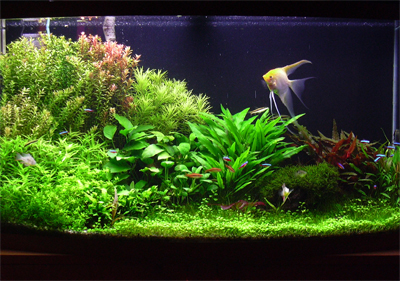
Fish Behavior
One thing that helps to be constantly aware of is the "normal", or average behavior of your fish. This starts with doing some research (books, forums, local stores) before you buy the animals so that you know how they act naturally. This behavior however, differs slightly between each individual fish, so you must watch your own fish to see how this compares to the experience of others with the same species. Once you have a good idea of what average behavior is, you are much better equipped to notice abnormalities in this behavior sooner, so you can act faster if there is a problem. For example, if a fish normally swims with a gentle swaying motion, but all of a sudden starts darting around or banging into decorations, there is likely something causing severe stress. If the fish normally stays at mid-level or towards the bottom of the aquarium, but is hanging out at the top corner, there is likely something causing the fish to leave its comfort zone. If the fish normally eats everyday, but is listless and without appetite, it could be sick or a victim of aggression.
In general, fish should never be gasping, they should feed regularly (grazers constantly, carnivores when they are presented with food), should swim with a symmetrical gait, be active, not huddle against heaters (too cold), or below the filter (flow too low or not enough oxygen), and they should not be darting around or hitting objects and walls.
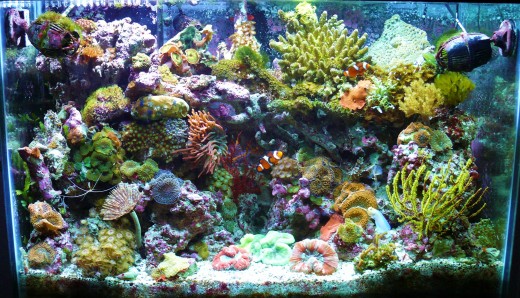
What is your favorite type of aquarium?
Fish Color
Know what color your fish should be! If a fishes colors seem unusually intense they could be ready to breed, ready to fight, or trying to camouflage. If the colors are dull or close to black, the fish could also be trying to camouflage, but more likely could be sick, being harassed, or the water conditions too poor or just plain incorrect for the species. Do some basic research and try to replicate the water conditions that the fish would experience in the wild before bringing it home to your aquarium. Also, make sure there are enough hiding places and tank space for fish to swim away and hide, and and enough décor for fish to break the line of sight when running from an aggressor. Try not to put too many fish in one tank and their colors will be noticeably more fantastic!
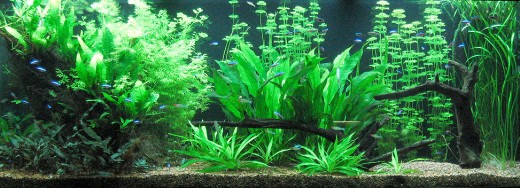
Water Quality
This may be the most important of observational tasks that must be done to have a successful long-term aquarium. The specific parameters to measure depend on the species you want to keep, but in general these parameters should be checked weekly:
- pH (6.9 - 7.1 for most freshwater fish, 8.0 - 8.4 for most saltwater fish, 8.2-8.4 for coral)
- Ammonia (should be 0, as any amount is toxic to fish)
- Nitrite (should be 0, as any amount is toxic to fish)
- Nitrate (should be <40, the closer to zero the better, unless keeping freshwater plants)
- Alkalinity (should be >180, mostly important for African cichlids and saltwater tanks to keep a high, stable pH)
- Hardness (variable desired levels, important for soft water fish such as discus and for freshwater snails)
- Temperature (generally 76-79 is safe more most fish, though research should be done on the species you have)
- Calcium (450-500 for reef tanks)
- Specific gravity/salinity (~1.020 for saltwater fish, 1.025 for corals)
Keeping up with water quality monitoring and recording your results will really help to identify a problem before it becomes catastrophic. As many people will say, prevention is the best cure.
